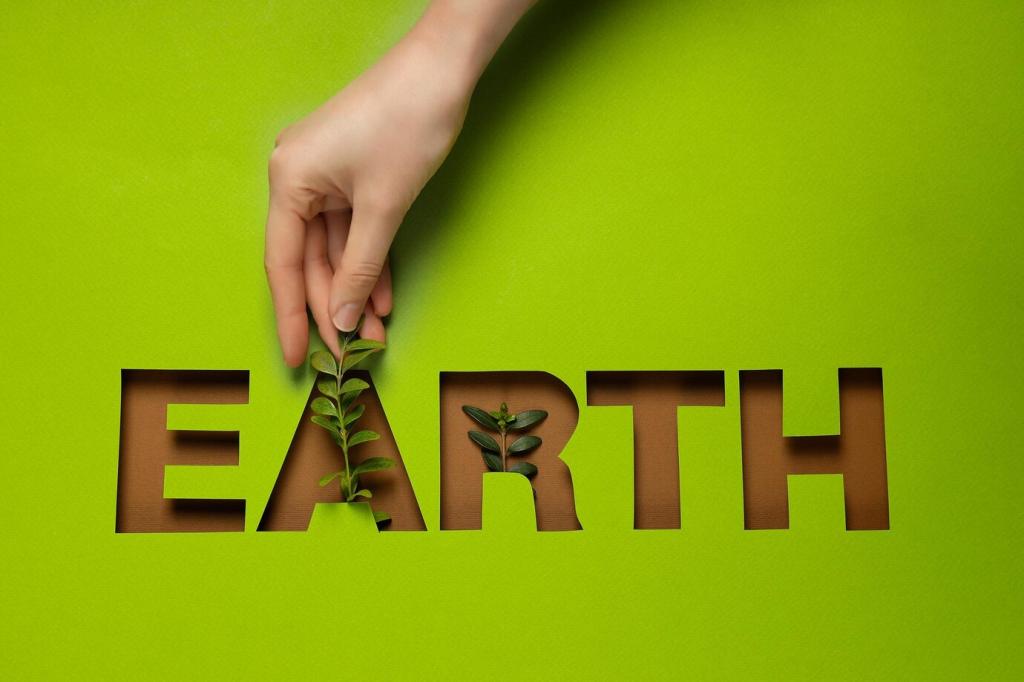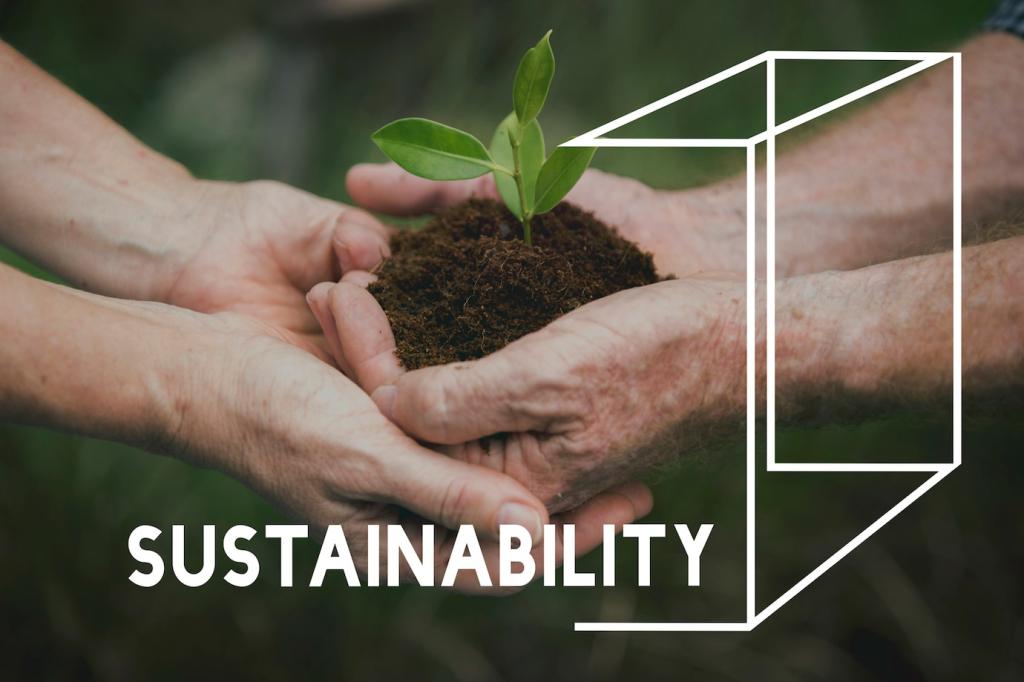Material Spotlight: Mycelium, Algae, and Plant-Based Polymers
Grown from fungal networks binding agricultural waste, mycelium forms lightweight, fire-resistant cores for stools, lamps, and wall panels. Its texture ranges from suede-like softness to corky firmness. Would you place a mushroom-made ottoman in your living room? Tell us why.
Material Spotlight: Mycelium, Algae, and Plant-Based Polymers
Microalgae can become flexible foams for cushions or pigments for textiles, replacing petrochemical ingredients with aquatic renewables. Some blends compost in controlled settings after years of use. Imagine reclining on sea-grown comfort; subscribe for maker interviews exploring these buoyant breakthroughs.
Material Spotlight: Mycelium, Algae, and Plant-Based Polymers
Polylactic acid and polyhydroxyalkanoates deliver moldable forms for chair shells and clips. With careful formulation, they balance toughness and biodegradation pathways, often requiring industrial composting. Curious about settings and standards? Drop questions, and we’ll unpack certifications and practical end-of-life options.








